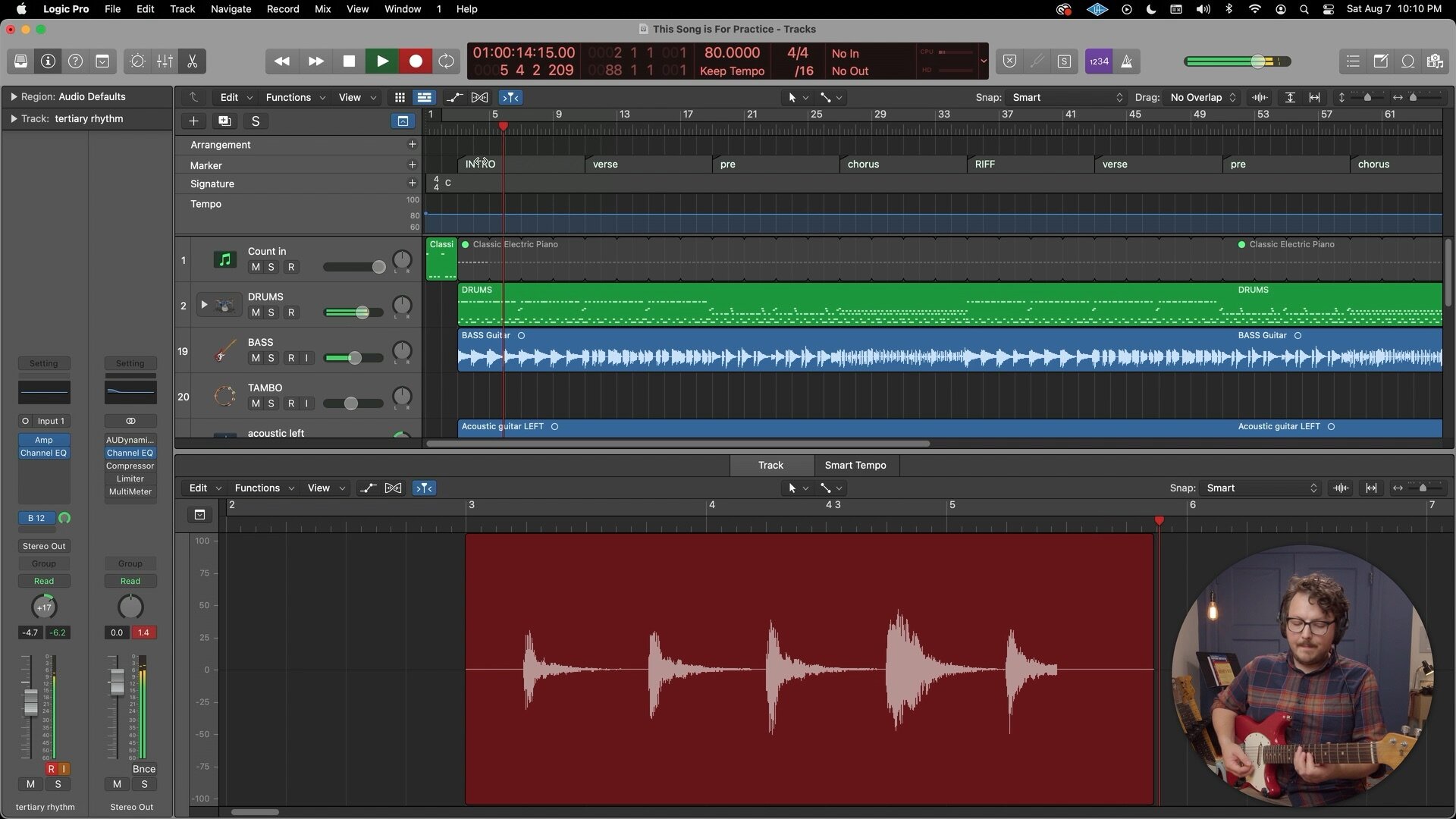Write Something In Melodic Minor
In this case, something can mean:
1. a whole song
2. a chord progression
3. a lone melody
It has been absolutely inspiring to hear all the submissions for community challenges so far. If you've been nervous to participate or feel like you're not ready, I'd like to remind you of two things:
Thing 1 is that you can submit your creations for any previous challenge at any point! They are open for you to participate wether you're reading this now in 2021 or later in 2045 - if the community challenges are posted, you're welcome to participate.
Thing 2 I'd like to emphasize is that you are welcome to participate at whatever level you're comfortable. This is a place for learning. If you were already a professional musician, you wouldn't be here. These challenges are designed to meet you where you're at so you can learn and grow in the most important way possible: by creating your own music.
Even if you don't want to be a songwriter, making music is (in my opinion) THEE way to understand and grow and become a musician. You don't need to write songs. Even just something as simple as writing a chord progression once a week can radically change how you approach your instrument. It's powerful. It is life-changing. It's fun.
If you're not familiar with Melodic Minor, I recommend brushing up on your Music Theory Monday.
Essentially, Melodic minor is about having the option of using two extra notes and therefore two (plus maybe a few more) extra chords. That turns something like this:
E Minor Scale: E F# G A B C D E
Into something like this:
E Minor Scale (with added Melodic Minor notes) E F# G A B C (C#) D (D#) E
Which gives you some chord options:
E Natural Minor Chords:
Em • F#° • G • Am • Bm • C • D
chord options added by melodic minor:
A • A7 • B • B7 • D# fully dim
Read More




















